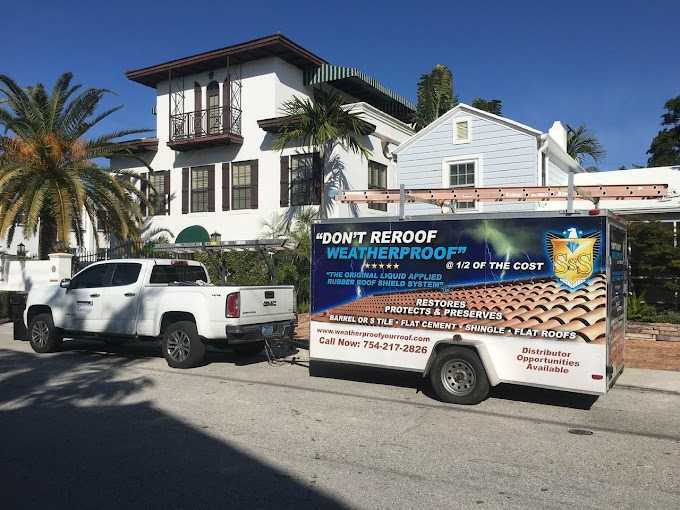DISSINFORMATION and Misleading Advice from Insurance Company’s and their Agents
“Don’t Seal Coat or Paint Your Roof on an older roof just newer ones, or You’ll Lose Your Insurance!”
One of the most common pieces of disinformation and deception is from insurance Companies and their agents that sealing or painting your roof is a claim is that by doing so, you’re trying to cover up the true condition of your roof and you have also a, ” that by doing so that you have assumed this is measure, ” is an equivalent of replacing your roof, which would void your insurance policy.
But is this really true? In many cases, this advice is entirely double-speak and inaccurate. While it’s true that some insurance companies have specific guidelines, and the old roof that has not been properly maintained may need to be replaced and is understandable, however contrary to just 2 years ago (and for centuries) the insurance companies penalize you for undertaking maintenance steps that restore older roofs, they keep telling Homeowners when a roof replacement is required (often times with no proof of this position) at let’s say your roof is 15, 20 or 30 years old that its already presumed by the Insurance Company (before the homeowner has even had a chance to acquire a real roof report by a licensed inspector (and not simply relying on just the insurance companies employee or agent stomping around on your roof) that your roof is no longer a candidate for insurance and must be replaced,
The insurance companies have previously stated unfairly after Dec 15 2022 that “a coating or sealant is used in lieu of roof replacement, the risk remains ineligible for coverage”, Fortunately the governor had received letters and calls from Homeowners, licensed Contractors, Licensed Inspectors and Engineers and their lawyers who said wait one second here and the governor issued a bulletin March 2023 ( that Google also pushed down the Results thereto) that restates the legal writes of the homeowner to have a an additional roof life certificate report (affidavit ) undertaken, this supersedes all insurance Agents Unlicensed opinions and legally settles the matter completely.
Before December 2022, many insurance companies, including Citizens, “recognized roof coatings as a valid maintenance strategy, especially if the coating enhanced wind resistance or hurricane protection. These coatings were even required to meet Florida Building Code standards.” Despite this, some insurers still try to scare homeowners into thinking that sealing the roof is a bad idea.
What Does a Wind Mitigation Inspection Involve?
A wind mitigation inspection assesses your home’s ability to withstand strong winds and hurricanes. During the inspection, a certified professional will evaluate several key areas of your home. Here’s what the inspection typically involves:
- Roof Shape and Design: The inspector will examine your roof’s shape (e.g., hip roof or gable roof) and assess how well it can resist wind uplift. Many believe that a good roof coating is merely about aesthetics, but Roof Shield’s Hurricane Roof Coating System is more than just paint. It offers a proven solution against extreme wind conditions, backed by the TAS 106 Wind Uplift Test—a benchmark for proving that high winds won’t rip tiles from your roof. This system is specifically engineered to seal and protect against the dangers posed by hurricanes.
- Roof Covering Materials: The condition and type of roof covering, such as shingles or tiles, are inspected to determine their durability against wind and debris.
- Roof-to-Wall Connections: The inspector will check how securely your roof is connected to the walls, focusing on features like hurricane clips, straps, or other anchoring systems.
- Attic Ventilation and Protection: The inspection includes a HYPERLINK “https://maps.app.goo.gl/sfHwX4Y6cjZBiWRo9″review of attic ventilation systems and any protective measures in place, like reinforced soffits, that prevent wind from entering the attic.
- Window and Door Protection: Impact-resistant windows, doors, and storm shutters are evaluated for their ability to withstand windborne debris.
- Secondary Water Barrier: The presence of a secondary water barrier under the roof covering, which prevents water intrusion if the roof is damaged, is also assessed.
- Overall Structural Integrity: The inspector checks for any additional reinforcements or upgrades that contribute to the home’s overall wind resistance, such as reinforced garage doors or anchored foundations.

